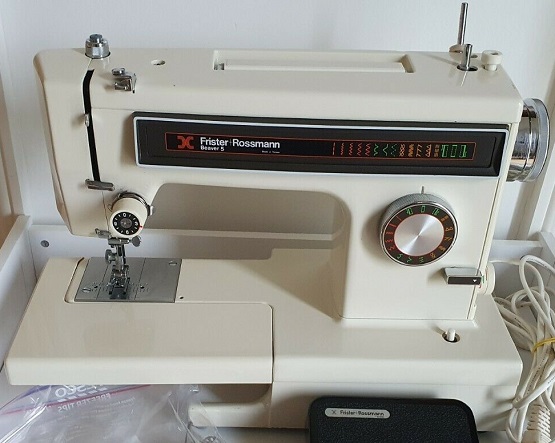Breaking News
Frister Rossmann Overlocker Manual Transmission
вторник 18 декабря admin 95
The transmission allows the gear ratio between the engine and the drive wheels to change as the car speeds up and slows down. You shift gears so the engine can stay below the redline and near the rpm band of its best performance.
If your following this class, good to see you back again. If your new welcome to the class! If you need to catch up you can see at the bottom of this post or to what our prior lessons were if you need to catch up Today we are going to learn how to fix tension on your sewing machine. Having proper tension on your sewing machine is very important because it ensures that your stitching will be even and look the same on both sides. It also helps to ensure that your thread will flow easily (tension that is to tight can stop thread from moving as you sew) as you sew. Tension is what keeps your bottom and top stitches in equal tension with one another. Or in other words what keeps your front and back stitches looking the same.
If both your top and back stitches don't look the same it may be due to your tension not being right either on the top or bottom. Both the top and bottom tension must work together. Has a great tension guide: notice where the tension points are How Do You Know If Your Tension Is the Problem? If your stitches look perfect and your sewing machine is sewing great, do not touch your tension knobs! However if your follow the below check list from and it's still not right, I would suggest starting to try adjusting your tension slowly using a test scrap piece of fabric (never your project)! Please Check the Following Before Touching your Tension Dial • A drop of oil has been added to the hook area (when applicable).
• The correct presser foot is attached for the technique and fabric. • Incorrectly threaded machine: Did you use all thread guides? Did you thread with the presser foot down,which would keep the thread from slipping fully between tension discs?
Is thread unwinding freely from the spool, or catching on the spool’s slash? Are you using a bobbin as a spool (which can interfere with the thread flow)? Is the bobbin inserted correctly? • Dirty machine: Lint and thread ends lodged between the tension discs, under the throat plate, or around the bobbin case and bobbin, increase the resistance and restrict the thread flow. “Floss” between the tension discs with a lightweight, lint-free cloth, and check in the bobbin area for thread ends and lint. • Damaged machine parts: Bent needles and bobbins, and rough or damaged surfaces on the needle eyes, thread guides, tension discs, take-up lever, throat plate, presser foot, bobbin case, and in the bobbin area can all cause problems.
If you drop a metal bobbin on a hard floor, throw it away, even if it looks fine; the smallest damage can distort tension. Avoid damage to the bobbin-tension spring by cutting the thread close to the case before removing the bobbin.
Raise the presser foot before removing thread from the upper tension. • Needles, threads, and fabrics: Different thread sizes and types on top and in the bobbin can throw off basic tension settings. A needle that’s too large or small for the thread can also unbalance your stitches, because the size of the hole adds to or reduces the total top tension. If you find that you’re getting puckers on lightweight fabrics try changing to a straight-stitch foot and needle plate, and shorten the stitch length to 1.75 mm (15 sts/in.), before you reach for those tension dials.
Serial uttaran episode 345. He feels guilt-stricken and decides to become Ichcha's foster father, giving her the best possible upbringing. Jogi Thakur discovers that he had accidentally caused the death of Ichcha's father long ago. In spite of the vast difference in status, the girls become best friends.

How do You Fix You Tension? Tension is like a game of tug of war.
When both sides are equal neither sides are winning. When one side is winning and one is losing your tension is off. The key to finding out which way to turn your tension dial is to find out what side is winning and losing. Is your top thread loose and bottom too tight? Or is your top thread tight and your bottom loose? One way that makes this easy to tell is to use a light coloured piece of fabric to test with two different colour threads that will show nicely against one another. The below graphics I think are a great way of illustrating this tug of war.
